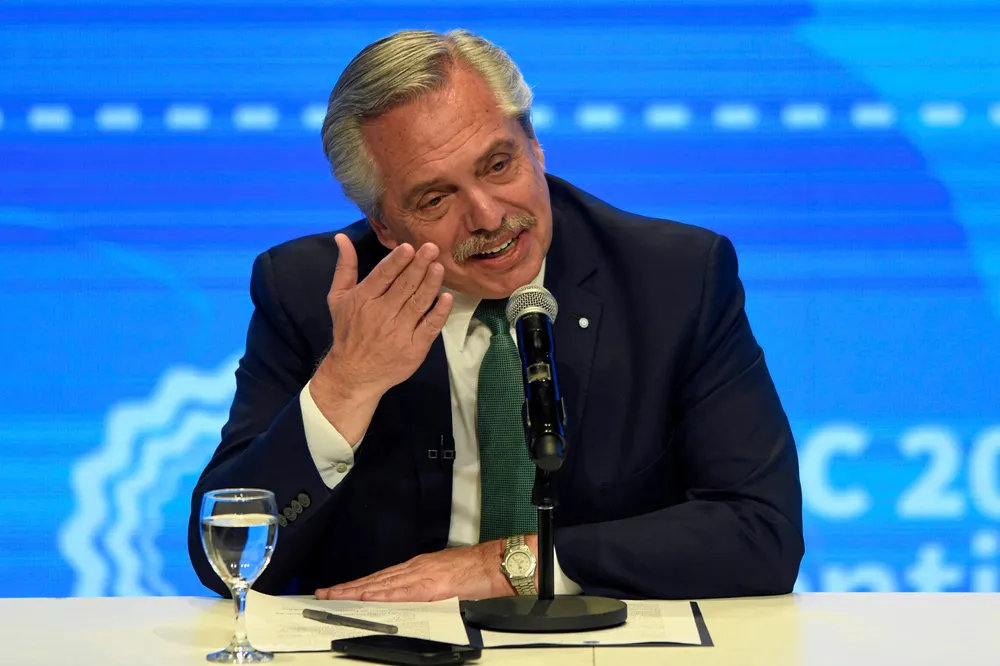Future of FFI’s $8.4bn Argentinian green hydrogen project hangs in the balance over access to foreign currency
Andrew Forrest’s renewable H2 venture demands ‘free availability’ of foreign exchange in cash-controlled Argentina for 15GW behemoth

Andrew Forrest’s renewable H2 venture demands ‘free availability’ of foreign exchange in cash-controlled Argentina for 15GW behemoth
